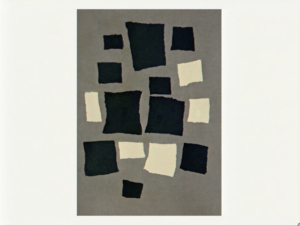I found the article “Her Code Got Humans on the Moon—And Invented Software Itself” to be very inspiring and thought-provoking. I am always amazed whenever I read about people who defy the norms of their times to do something extraordinary. Margaret Hamilton’s story is a shining example of resilience, determination, and innovation in the face of societal expectations.
In an era when women were not commonly encouraged to pursue careers in high-powered technical fields, Hamilton not only ventured into the world of software engineering but also became a trailblazer in the field. What struck me most is how Hamilton balanced her roles as a working mother and a programmer. The fact that she brought her daughter to the lab speaks to her unwavering commitment to her work.
In a world where gender inequality within the tech field still remains a challenge, I think Hamilton’s story provides a very promising avenue for doing the extraordinary.
The second reading “Emotion and Attractive” offers intriguing insights into the interplay of aesthetics, usability, and emotional response in design. I liked how the author used his teapot collection to illustrate the idea that design isn’t a one-size-fits-all concept; it depends a lot on the context, mood, and personal preference. The analogy of transitioning from black and white to color screens in the early days of personal computing is particularly fascinating. The author’s initial skepticism about the value of color screens, despite their popularity, speaks to the subjective nature of design preferences. While the cognitive perspective may suggest that color doesn’t add significant value to productivity, the emotional response to color cannot be discounted.
The concept of “affect” and its role in design has left me with some intriguing food for thought. It’s fascinating to consider how our emotional responses to design can have such a profound impact on our decision-making and behavior. Affect, in this context, acts as a sort of silent influencer, guiding our judgments, shaping our perceptions, and even affecting our reactions.
What’s particularly striking is how affect doesn’t just serve as an emotional compass but also as a practical tool. It can alert us to potential dangers, which is incredibly valuable, but it can also steer our creative problem-solving processes. This dual role of affect makes me ponder the delicate balance between emotional response and practicality in design.


